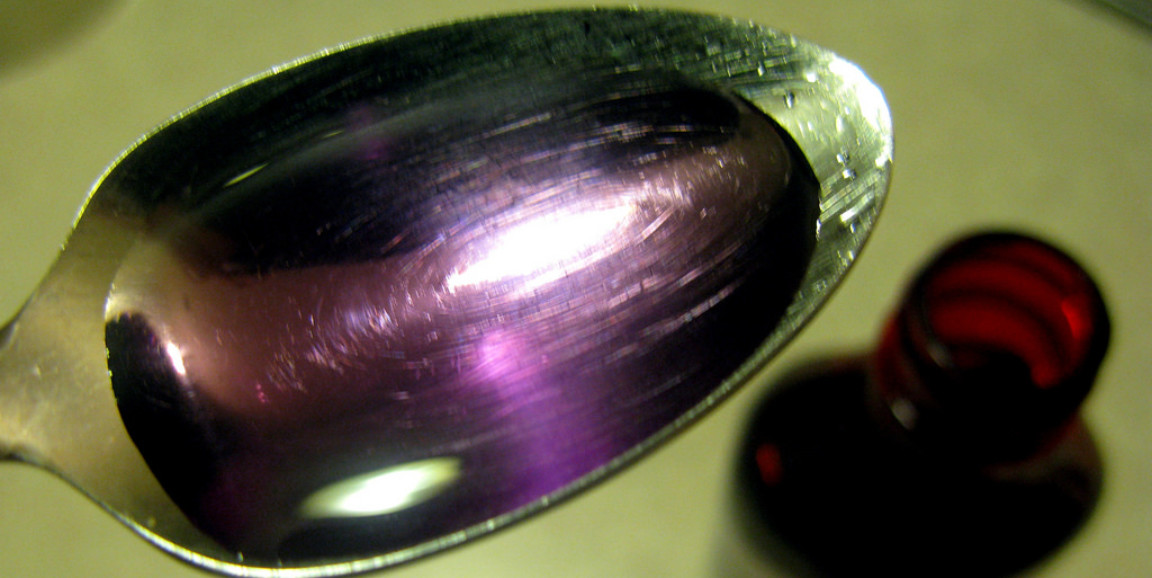In a tour de force described in a study published in the Proceedings of the National Academy of Sciences, Stanford scientists have figured out a way to convert common brewer’s yeast into an efficient factory for making a non-narcotic cough medicine that occurs naturally only in opium poppies.
To accomplish this, the researchers, led by bioengineer Christina Smolke, PhD, slid 25 foreign genes into the one-celled fungus to turn it into an efficient factory for producing the drug. Many of those inserted genes came from the poppy, but several came from other plants – and even from rats. (All those genes were recipes for enzymes: protein machines that, working together like components of a factory assembly line, can build complex substances from simple starting materials.)
The only viable source for the drug, noscapine, widely used as a cough medicine around the globe (though not in the United States, for bureaucratic reasons), is opium poppies. That’s a problem, as I wrote in my news release on the study:
Many tons of noscapine are extracted annually from the plant, which takes a full year to mature. While noscapine itself is harmless, the poppies’ illicit potential requires costly controls and restrictive regulations. The plants can be legally grown only in a concentrated geographical area. Half of all poppies produced for noscapine are in Australia, and the rest are mostly in India, France, Turkey and Hungary, making global noscapine output subject to local environmental events and to varying soil and nutrient conditions. In addition, naturally occurring noscapine must be thoroughly separated from numerous molecular companions, narcotic and otherwise, that don’t occur in yeast.
The yeast Smolke’s group bioengineered can spew out substantial amounts of noscapine in three or four days -- whatever the weather, which means it could get much easier to produce the drug. And the noscapine doesn't have to be laboriously separated from a gummy clump of unwanted (and potentially addictive) narcotic substances.
“Traditionally, we’ve gotten our medicines from the natural world, mainly from plants,” Smolke told me when I interviewed her about the study. “But the plants’ molecular assembly lines have evolved to optimize the plants’ survival, not to churn out buckets of one substance we humans want to get our hands on. Plus, we’re putting them into our yeast strain, which is foreign turf. A yeast cell and a poppy cell have a lot in common, but in some respects they’re as different as Earth and Mars."
“It’s as if we’re grabbing a couple dozen soldiers from different units, deploying them on Mars, and telling each of them, ‘Now, I want you to get some serious work done here, and I want you to work with these other soldiers you haven’t worked with before,’” Smolke continued. “Good luck with that. We modified them so they’d get along with one another better on this new planet.”
The happy outcome: an 18,000-fold improvement in noscapine output compared with what could be obtained by just inserting the foreign genes into yeast.
An additional hundredfold improvement will be necessary for commercial viability. But much of that might be achieved simply by substituting large-scale bioreactors for simple laboratory flasks, Smolke said.
Another happy outcome: I’m told that the procedure also completely cured the yeast’s cough. (But I don’t trust the source.)
Photo by frankieleon




